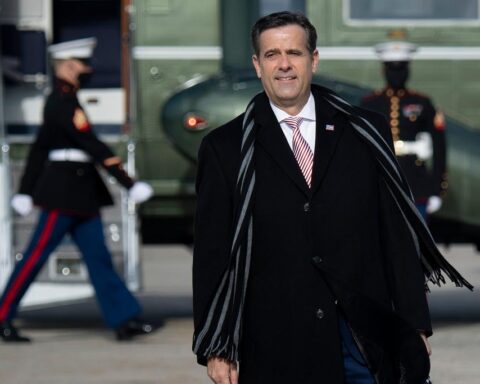Governor’s decision halts California’s attempt to lead in road safety technology, citing concerns over regulatory patchwork amid rising traffic fatalities.
California Governor Gavin Newsom has vetoed legislation that would have made the state the first in the nation to require new vehicles to be equipped with intelligent speed assistance technology. This system would alert drivers when they exceed the speed limit by more than 10 miles per hour, a measure aimed at curbing speeding-related traffic fatalities, which account for nearly one-third of such deaths in the United States.
The proposed law had garnered significant support from advocates for roadway safety, who argued that adopting speed sensor technology could reduce the alarming increase in traffic fatalities. Proponents believed that California’s leadership in this area could prompt automakers to implement similar changes across their national fleets, as has happened in the past with emissions regulations.
Intelligent speed assistance systems have been widely utilized in Europe for years, with the European Union making them mandatory for all new vehicles starting in July 2024. These systems function similarly to existing driver assistance technologies, providing audio and visual notifications to drivers when they exceed the posted speed limit.
Despite the strong advocacy for the bill, it faced opposition from several groups, particularly car manufacturers and dealers. They argued that such state-specific requirements could create confusion and inconsistencies in regulations across the country. In his veto message, Governor Newsom echoed these concerns, stating that “adding California-specific requirements would create a patchwork of regulations” that undermines the federal approach established by the National Highway Traffic Safety Administration (NHTSA).
The bill, proposed by Democratic state Senator Scott Wiener of San Francisco, sought to mandate that all new passenger vehicles, trucks, and buses sold in California from the model year 2030 include speed warning technology. Exemptions were to be made for emergency vehicles, motorcycles, and vehicles lacking GPS or a front-facing camera.
While Newsom has previously championed stringent automotive regulations—such as the executive order to phase out sales of new internal combustion engine vehicles by 2035—this time he sided with industry arguments for a uniform regulatory framework. Automakers expressed their preference for a consolidated federal approach, arguing that creating a different set of rules for California would complicate vehicle design and compliance.
Opponents of the veto, including Senator Wiener, likened the legislation to the landmark seatbelt laws of the 1960s, which paved the way for national requirements. “Today’s veto is a setback for street safety at a time Californians are feeling extremely unsafe,” he remarked. Wiener further criticized the decision, stating, “California should have led on this crisis as Wisconsin did in passing the first seatbelt mandate in 1961. Instead, this veto resigns Californians to a completely unnecessary risk of fatality.”
As the state grapples with increasing traffic deaths, many are left wondering what the future holds for road safety initiatives and whether California will continue to take bold steps to protect its citizens.















